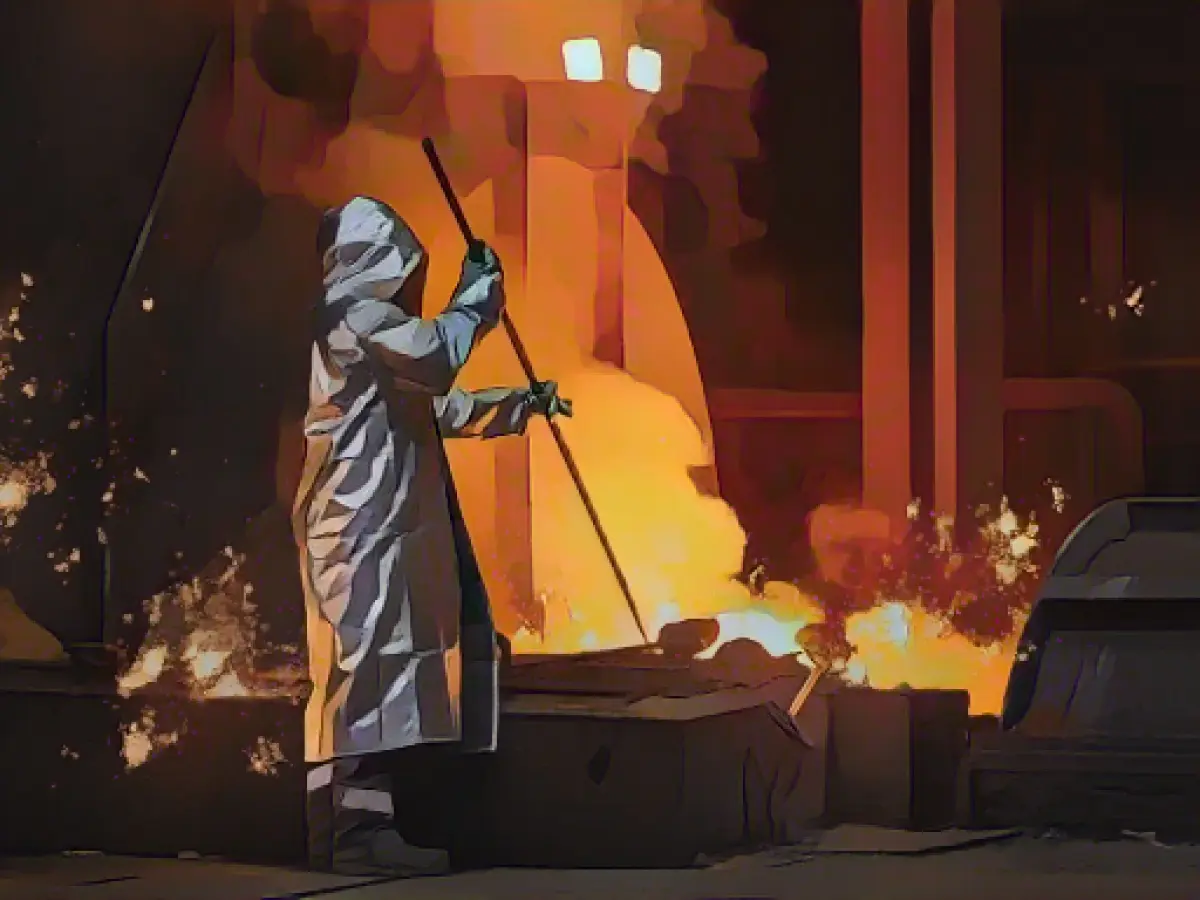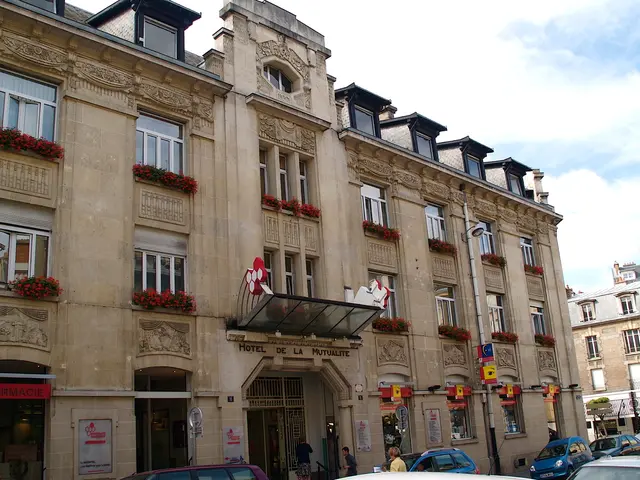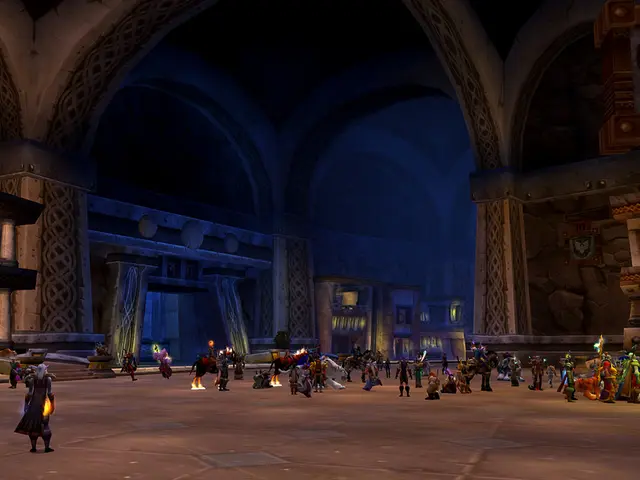Depreciation and Amortization: Thyssenkrupp Bleeds Billions in the Red
The industrial giant Thyssenkrupp has taken a massive financial hit, with billions in write-downs on the steel business pushing it deep into the red in the last fiscal year. The company announced a staggering net loss of approximately two billion euros for the 2022/23 financial year ending September 30. The significant value adjustments on the fixed assets of its subsidiary Steel Europe stood at 2.1 billion euros, as acknowledged in their Essen disclosure.
Despite these substantial write-downs, shareholders are still to receive an unchanged dividend of 0.15 euros per share, thanks to a significantly improved cash inflow. Originated from falling steel prices and a subsequent rise in raw material and energy costs, the negative impact on earnings before interest and taxes (EBIT) adjusted for special effects led to a steep decline from almost 2.1 billion euros to 703 million euros. Sales also dropped by nine percent to 37.5 billion euros.
With the intention of bouncing back, Thyssenkrupp aims to reclaim a profitable stance in the new financial year. The company is predicting a net profit within the low to mid three-digit million euro range. This optimism in the face of a challenging economic environment stems from the management's belief that adjusted EBIT will rise to a high three-digit million euro figure. Sales are anticipated to see a slight increase as well.
Despite heavy write-downs in the steel market leading to losses worth 2.1 billion euros for Thyssenkrupp's Steel Europe subsidiary, the company remains hopeful about distributing a dividend to its shareholders in the upcoming financial year. Whilst the steel business grapples with decreasing prices and elevated raw material and energy costs, profit restoration is Thyssenkrupp's primary focus.
Finally, it's worth noting that though Thyssenkrupp's steel division faces challenges, the company is actively pursuing strategies to bolster its financial performance and future prospects. Restructuring efforts are underway, particularly within the steel division, aiming to transform it into an autonomous high-performance steel company. Reducing capacity by 5,000 jobs and outsourcing an additional 6,000 positions is part of this strategy, with a focus on socially acceptable solutions to avoid compulsory layoffs.
Moreover, Thyssenkrupp is investing in a multi-billion euro plant for eco-friendlier steel production in Duisburg. This plant, scheduled for completion by 2030, will initially operate with natural gas and later with hydrogen, targeting a reduction of CO2 emissions by at least 50% compared to current blast furnace technology.
Lastly, the company is planning to spin off its Marine Systems business, aiming to improve its position in the market by leveraging its large order backlog and responding to high customer interest in a changed security policy environment.








